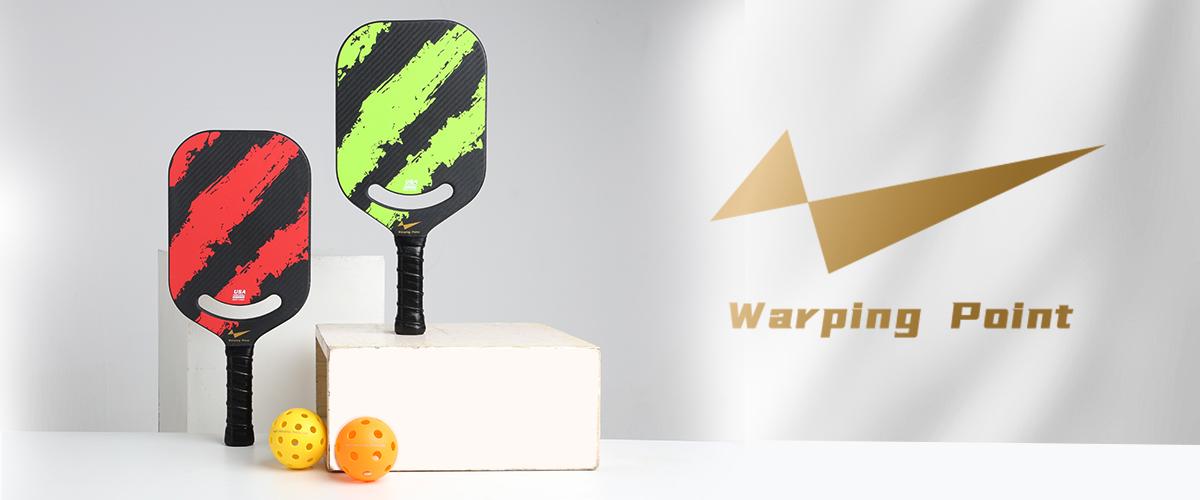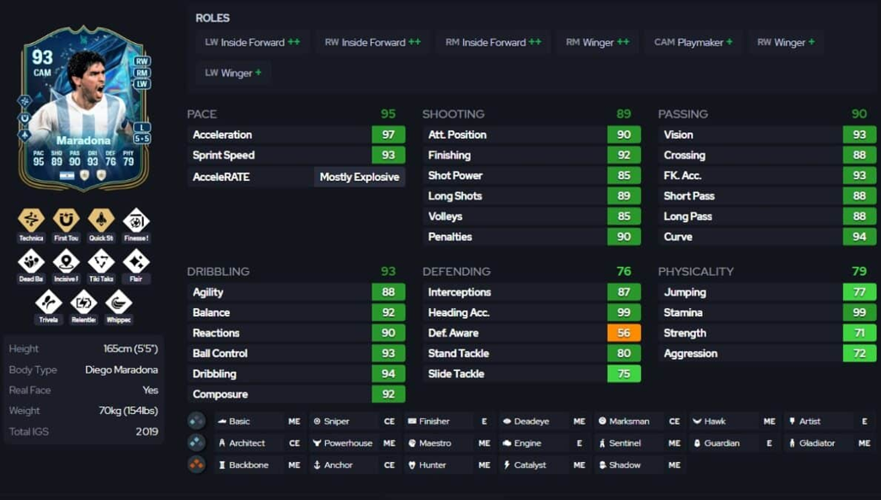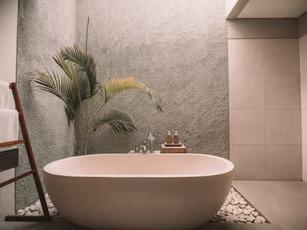Honeycomb Pickleball Paddles: The Game-Changer in Modern Play

Introduction
Pickleball has evolved from a backyard pastime into one of the most dynamic sports in the world. As the competition grows fiercer, players are constantly looking for equipment that enhances control, speed, and accuracy. Enter the honeycomb pickleball paddle a design that’s reshaping how the game is played.
What makes this paddle stand out is more than just its look. The honeycomb structure hidden beneath its surface brings together power, precision, and comfort in a way no traditional paddle can match.
What Is a Honeycomb Pickleball Paddle?
A honeycomb pickleball paddle is built with a unique hexagonal core pattern resembling a beehive. This design disperses impact evenly across the paddle face, giving players more consistent control and a balanced feel with every shot.
The hexagonal grid not only lightens the paddle but also enhances responsiveness. When you strike the ball, the honeycomb cells compress slightly and spring back, transferring energy efficiently and reducing vibrations.
The Science Behind the Honeycomb Core
The honeycomb core uses geometric efficiency a concept borrowed from nature. Each cell supports the others, making the structure strong yet flexible.
When a ball hits the paddle, the impact energy is distributed through multiple hexagonal walls instead of concentrating in one spot. This prevents harsh vibrations and provides a smoother, more comfortable hit. The science here is simple but powerful: less shock, more control.
Different Core Materials Used
Polymer (Polypropylene) Cores
The most popular type today, polymer cores are quiet, durable, and forgiving. They offer a soft feel with excellent control, ideal for players who rely on placement and finesse.
Nomex Cores
Made from aramid fibers, Nomex cores are lightweight but firm. They deliver more pop and power but tend to be noisier, which can be an issue in community courts.
Aluminum Cores
Known for their crisp feedback, aluminum cores are lightweight but less common now due to reduced power output compared to polymer or Nomex options.
Why the Honeycomb Design Matters
The honeycomb design allows paddle makers to strike the perfect balance between strength and weight. The air pockets inside the hexagonal cells reduce overall weight, making paddles easier to maneuver without losing power.
Another underrated benefit is noise reduction. Polymer honeycomb paddles produce a softer sound, making them perfect for noise-sensitive neighborhoods or indoor play.
Lastly, the design helps absorb shock, protecting wrists and elbows from strain — especially valuable for players prone to joint issues.
How Honeycomb Paddles Enhance Your Game
Control, comfort, and power that’s the trifecta every pickleball player wants. The honeycomb structure helps achieve it.
The paddle’s responsive surface provides excellent ball feedback, improving accuracy and spin potential. Its balanced weight makes quick reactions at the net easier. Over long rallies, you’ll also notice less fatigue thanks to reduced vibration and lighter swing weight.
Comparing Honeycomb vs. Traditional Paddles
Traditional paddles made from solid wood or foam cores often lack consistency in ball response. Honeycomb paddles, on the other hand, provide a uniform feel across the entire face.
While solid paddles can deliver more brute force, honeycomb paddles offer a superior blend of control and comfort, making them the preferred choice for modern players. They might cost more upfront but last longer and provide better overall performance.
Best Situations to Use a Honeycomb Paddle
Honeycomb paddles are versatile. Whether you’re smashing in outdoor tournaments or dinking softly indoors, they adapt well.
Beginners appreciate their forgiving touch, while pros enjoy the precision they provide on tough volleys. Outdoor models often use carbon fiber or graphite surfaces to handle power, while indoor versions emphasize control and quiet play.
Popular Honeycomb Paddle Shapes
Wide-Body Paddles
Offer a larger sweet spot, perfect for beginners and defensive play.
Elongated Paddles
Provide extra reach and power but demand more precision.
Hybrid Designs
Blend both benefits for balanced gameplay a favorite among competitive players.
Top Brands Known for Honeycomb Paddles
-
Selkirk: Famous for its Vanguard and Amped series, offering top-tier polymer cores.
-
Paddletek: Known for consistent quality and excellent ball control.
-
Engage: Focused on precision and innovation for tournament play.
-
Warping Point: A rising brand offering high-performance carbon fiber paddles with pro-level balance.
How to Choose the Right Honeycomb Paddle for You
Your paddle should match your playing style.
-
Weight: Light paddles (7–7.6 oz) are easier to handle, while heavy paddles (8+ oz) add power.
-
Grip Size: Small grips offer more wrist control; larger grips add stability.
-
Core Thickness: Thicker cores (16 mm) emphasize control, while thinner ones (13 mm) boost power.
Care and Maintenance Tips
Keep your paddle clean and dry. Use a damp cloth for wiping and store it in a padded case to protect from heat or moisture.
Avoid leaving it in your car or direct sunlight, as prolonged exposure can weaken the core and face materials. Replace your paddle when you notice dead spots or diminished pop.
Common Myths About Honeycomb Paddles
-
“They’re only for pros.”
Not true. Even beginners benefit from their forgiving control. -
“Honeycomb cores wear out faster.”
Quality paddles can last hundreds of games with proper care. -
“They’re all the same.”
Material, shape, and thickness dramatically change feel and performance.
How Honeycomb Paddles Are Revolutionizing Pickleball
Tournament players now rely heavily on honeycomb technology. Manufacturers keep innovating blending carbon fiber, fiberglass, and advanced polymers to create paddles that deliver explosive power without losing control.
This evolution is reshaping how players train, compete, and win. The honeycomb paddle isn’t just another piece of gear it’s the heartbeat of modern pickleball.
Conclusion
Honeycomb pickleball paddles combine science, design, and comfort in one sleek package. Whether you’re an amateur learning the ropes or a seasoned competitor chasing medals, this paddle type gives you the edge. It’s lightweight, durable, and built for precise play the kind of performance every player dreams of.
FAQs
1. What makes honeycomb paddles better than wooden paddles?
They’re lighter, more responsive, and absorb impact better, reducing strain on the arm.
2. How long does a honeycomb paddle last?
Typically 1–3 years, depending on how often and intensely you play.
3. Are honeycomb paddles good for beginners?
Absolutely. Their balanced control and forgiving touch make them ideal for new players.
4. Which honeycomb core offers the most power?
Nomex cores provide the most pop, while polymer cores focus on control.
5. Can I use a honeycomb paddle for tournaments?
Yes, most USAPA-approved paddles feature honeycomb cores because of their consistent performance.






